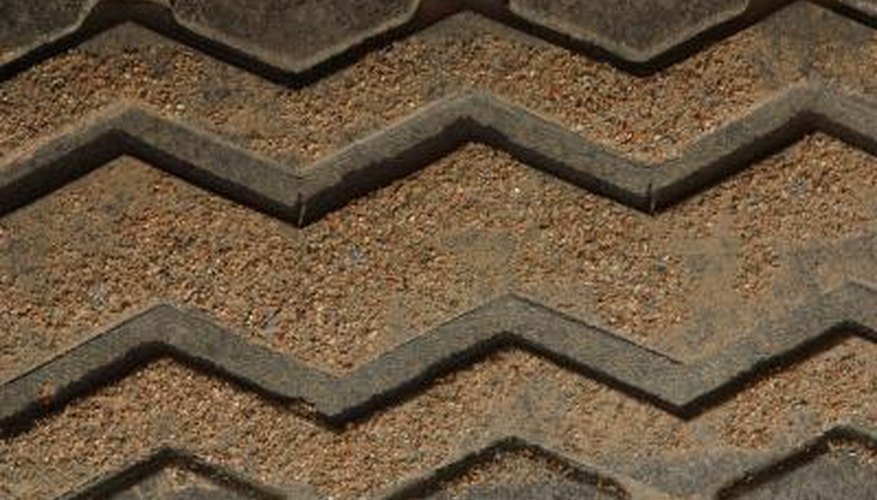Learning how to make a zigzag in the free digital imaging program, Gimp, lets you create shapes such as lighting, and patterns like that on Charlie Brown's yellow shirt. You can create a zigzag in Gimp in several ways, including one that involves the "Paintbrush" command. To create a zigzag with "Paintbrush," you first run the command, then use your mouse to define a line shaped like a "Z." Instead of using "Paintbrush" to draw another "Z" for the zigzag's bottom, you can direct Gimp to duplicate the first "Z."
Click the "File" menu, then click the "New" command. Click the "OK" button in the dialogue box that appears to accept the default settings for the new canvas.
- Learning how to make a zigzag in the free digital imaging program, Gimp, lets you create shapes such as lighting, and patterns like that on Charlie Brown's yellow shirt.
- To create a zigzag with "Paintbrush," you first run the command, then use your mouse to define a line shaped like a "Z."
- Instead of using "Paintbrush" to draw another "Z" for the zigzag's bottom, you can direct Gimp to duplicate the first "Z."
- Click the "File" menu, then click the "New" command.
Click the paintbrush icon in the toolbox, then click a point toward the left of the drawing canvas, midway between the canvas's top and bottom.
Press and hold the "Shift" key, which tells Gimp you want to draw a straight line. Click a point near the middle of the canvas, slightly above the first point you plotted.
- Press and hold the "Shift" key, which tells Gimp you want to draw a straight line.
- Click a point near the middle of the canvas, slightly above the first point you plotted.
Click another point down near the bottom quarter of the canvas, and slightly to the left of the previous point. Click near the right of the canvas, midway between the canvas's top and bottom. This completes the top half of the zigzag.
Click the magic wand icon in the toolbox, then click on any part of the line you just drew. Press "Control" and "C" simultaneously to copy the line to the clipboard, then press "Control" and "V" simultaneously to paste a duplicate of the line.
Click the four-sided arrow in the toolbox to run the "Move" tool, then drag the duplicate line slightly below the first line.
- Click the four-sided arrow in the toolbox to run the "Move" tool, then drag the duplicate line slightly below the first line.
Click the toolbox's paintbrush icon, then use the instructions from steps two and three to connect the two endpoints of the two lines to form a closed shape.
Click the paint bucket icon from the toolbox, then click the colour swatch at the bottom of the toolbox. Gimp will display a colour palette. Click a colour from the palette you'd like to fill the zigzag with, then click "OK" to close the palette.
Click anywhere inside the zigzag shape to fill with the colour you chose.
Click the "File" menu's "Save" command, then type a filename in the "Name" text box. Click "Save" to save the zigzag image.
